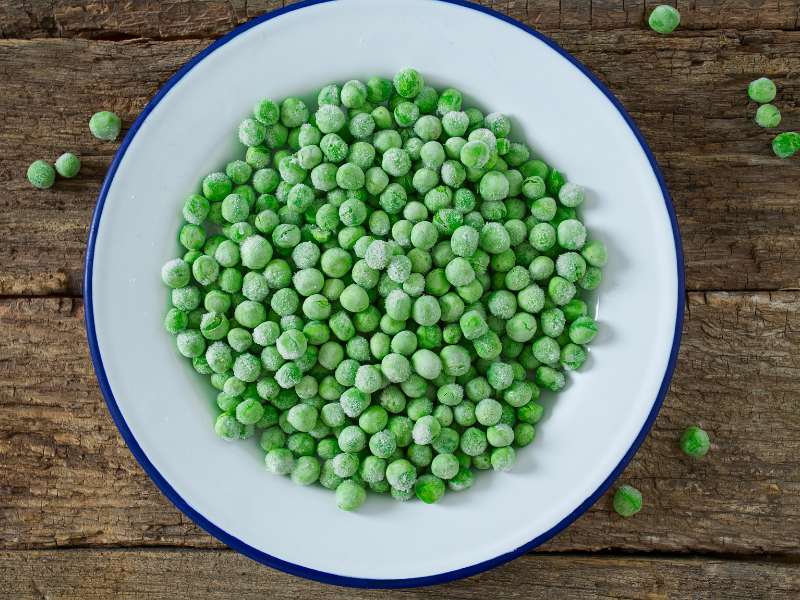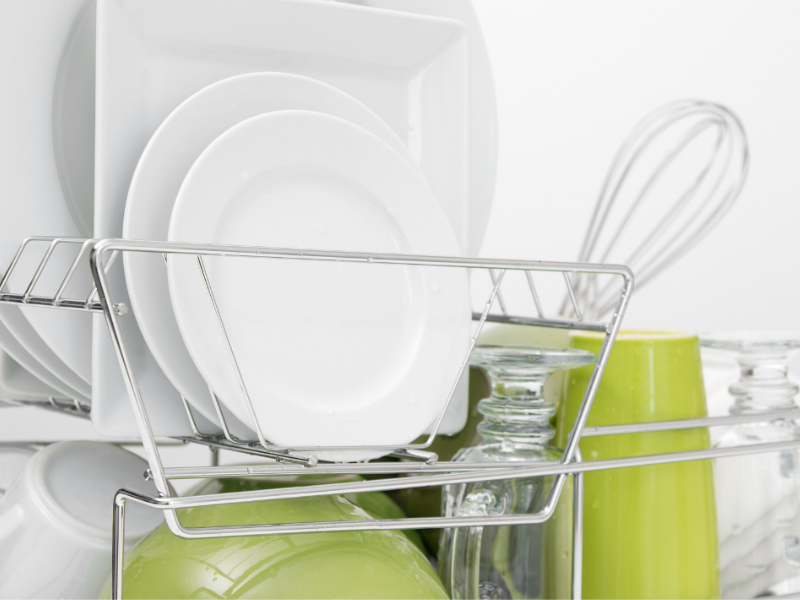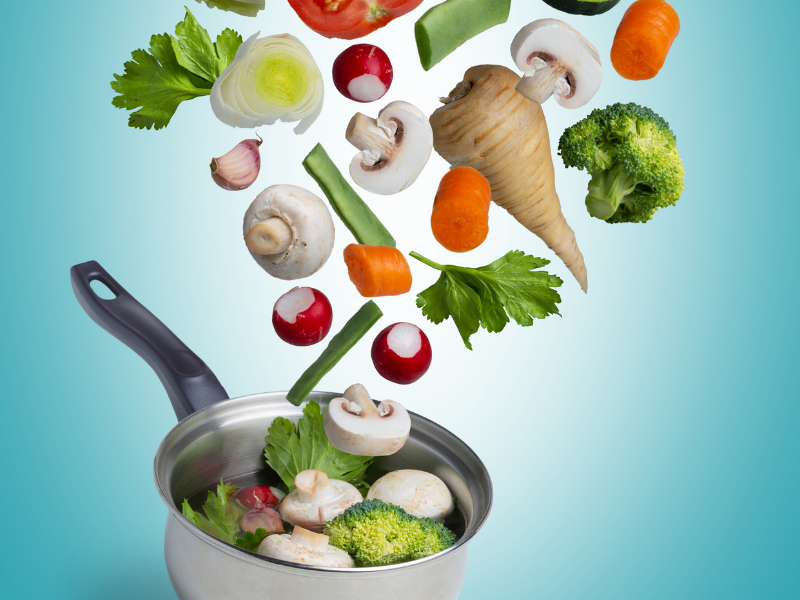Why does it matter if we preserve vitamins as we cook?
Preserving vitamins in cooking is an important way to help us get the nutrition that we need. What is a vitamin? Vitamins are organic compounds with a specific job that they do for us. Different vitamins have different jobs. Their function depends on their chemical shape to be able to carry out their responsibilities. Form follows function, right? Their form or chemical shape can change under certain conditions, causing the vitamin to lose its function as a vitamin. This change is called (drum roll please) “nutrient degradation”.
What causes the degradation of vitamins during cooking?
- Time
- Temperature
- Exposure to air
- Exposure to light
- Acid or alkaline environment
Fruits and vegetables are rich sources of vitamins.
They are the best source of vitamin C. However, vitamin C is one of the most sensitive to the greatest number of the degradation factors. It is especially sensitive to heat, light, and oxygen exposure. Because vitamin C is so sensitive, food scientists use it as the primary indicator of nutrient degradation. That means that a plant food product’s “Best by . . . “ date may well be based on the expected vitamin C degradation of that product over time. (We can expect that the other vitamins will be slower to degrade.)

When Is A Vitamin’s Peak Nutrient Density?
Typically, fruits and vegetables reach peak nutrient density when they are harvested after ripening “on the vine” or the tree or the stalk or the plant. After harvest, we want to treat them carefully to maintain their nutrient density. Most nutrients are lost in transport from field to market to kitchen.
Handling them quickly and carefully and storing them at cool temperatures helps to retain important nutrients.
On commercial farms, processing facilities are often located close to the fields. As the teams harvest the crops, they are able to process (blanch and quick freeze or can) the produce. This minimizes transit times and distances which preserves the nutrients in the food.
The consumer wins (that’s you) with fruits and vegetables that have nicely preserved vitamin content. In fact, the nutrient value may even be higher than the “market fresh” options you’ll find in the produce aisle. (Those may be 3-7 days and several miles post harvest.)
Key Takeaways To Make The Most Of Your Fruits And Vegetables
Quick and easy tips to make the most of your fruits and vegetables to minimize the loss of vitamins:
- Buy fresh fruits and vegetables close to the time that you plan to use them. This shortens their farm-to-table time.
- Chop and prep fruits and vegetables close to the time that you plan to cook and serve them. Those knife skills come in handy to help you work safely and quickly.
- Use cooking methods that don’t require a lot of water (to avoid water soluble vitamins leaching into the water). Steaming and microwaving or cooking in a small amount of water work great here.
- Don’t overcook vegetables. (Time and heat work against you.)
- Store canned goods at cool temperatures, and use them within a year. (They are not necessarily bad after that, they just lose some of their peak vitamin content.)
You’re now set to maximize benefits from the fruits and vegetables in your kitchen.
For a little motivation to prep those fruits and veggies, check out this post.



